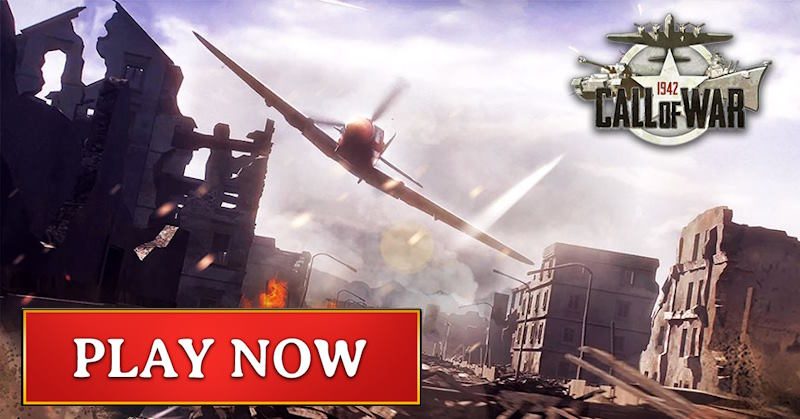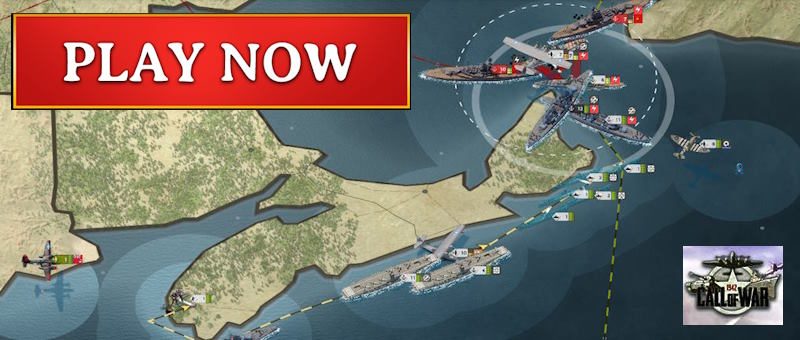Standard pistol Model 1938 (Walther P-38) of the German army in the Second World War.
History, development, specifications, statistics, pictures and 3d model.
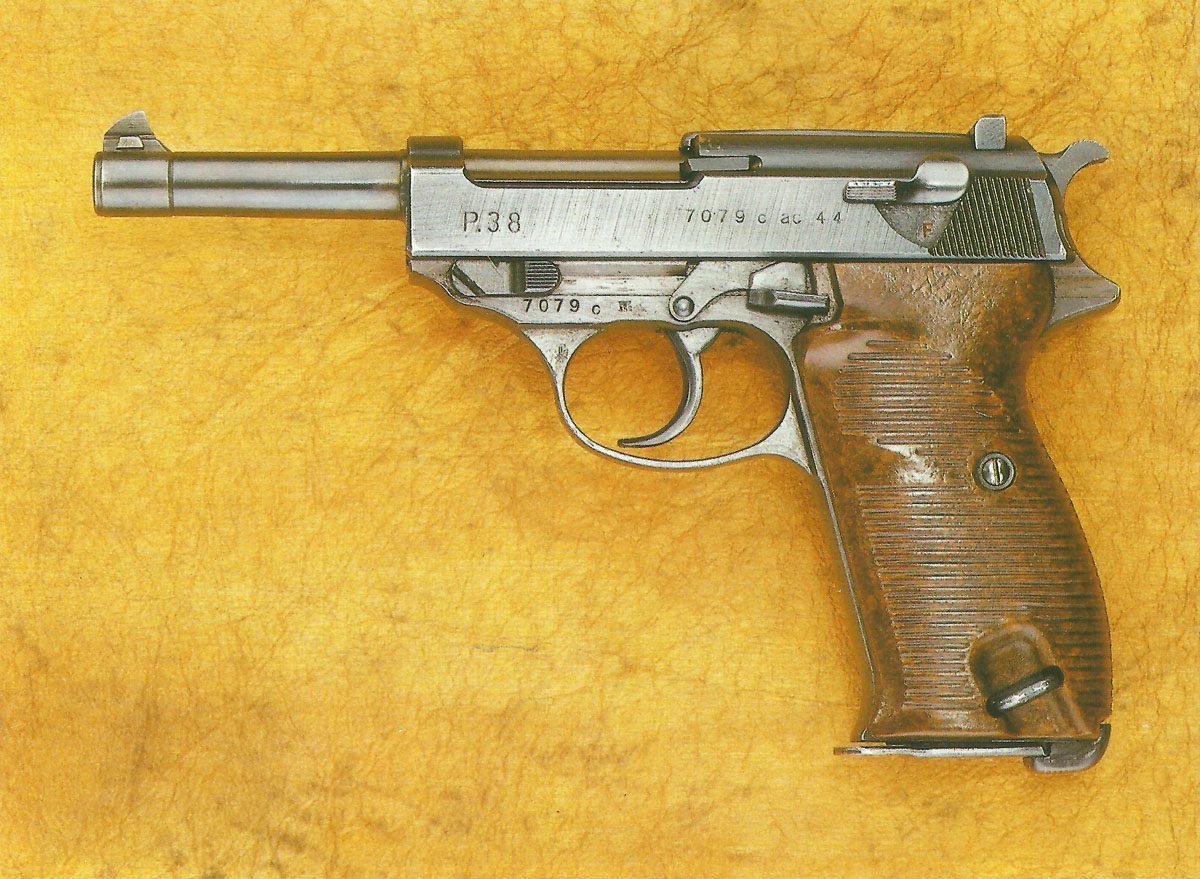
Pistol Model 38 (Walther)
Table of Contents
Pistol Model 38 (Walther)
Type: Self-loading pistol.
Overview
The Walther P-38 is a semi-automatic pistol that was developed by the German company Carl Walther GmbH Sportwaffen in the 1930s. It was designed to replace the Luger P08 pistol and was adopted by the German Wehrmacht (armed forces) in 1938, hence its designation ‘P-38’.
Key features of the Walther P-38:
– Caliber: 9×19mm Parabellum
– Action: Short recoil, locked breech
– Capacity: 8-round single-stack magazine
– Barrel length: 4.9 inches (125 mm)
– Weight (unloaded): 27.4 ounces (800 g)
The P-38 was innovative for its time, introducing features such as a double-action/single-action (DA/SA) trigger mechanism and a safety/decocker lever. It was one of the first locked-breech pistols to use a wedge-shaped locking block, which became a common design feature in many later semi-automatic handguns.
The Walther P-38 saw extensive service during World War II and remained in production after the war. It was later replaced by the Walther P1, which was an updated version of the P-38 design. The P-38 has since gained popularity among collectors and firearms enthusiasts due to its historical significance and unique design features.
History
At the beginning of the 1930s, the company Carl Walther in Zella-Mehlis, which had been manufacturing a number of outstanding pocket pistols for many years, began to work on a military service weapon in the 9 mm Parabellum caliber. Completely abandoning the paths of their previous designs, they built a pistol with locked-breech, whereby the hammer had the capability of double-action trigger system. The pistol was derived from the previous police model Walther PP of 1929.
When the gun was loaded and cocked, actuating the safety lock lowered the hammer. To shoot, the safety lock had to be set to ‘fire’, the shooter operated the trigger to pull the hammer and then release it. During the shot, the bolt was locked with a pendulum bolt, which was released after a short back movement of the barrel. After the first shot, the hammer remained cocked and the firing took place in the usual single-action mode of automatic pistols.
The weapon became known under the name Model AP (army pistol) and only a very small quantity was produced. When it was offered to the German army, it was rejected because the hammer was not visible. Soldiers preferred to see the hammer as an externally visible sign of the readiness of their weapon.
Walther immediately reworked the weapon with an external hammer and while it was being considered for introduction into the German Army, it was sold commercially as the HP model (‘Heeres-Pistole’ = Army pistol) on the civilian market.
Since the German army, due to its strong expansion, was now seriously looking for a simpler replacement for its excellent but old service pistol Luger Pistol 08, the weapon was taken over by the Wehrmacht after some small changes for easier production. It changed its name again to Pistole 38, although the ‘HP’ could still be purchased on the private market until the summer of 1939.
The first one hundred units were delivered to the Wehrmacht in August 1939 and by the end of the year 1,470 guns had been taken over.
The P-38 was also adopted by the Swedish army in 1939 as its Model 39, although it is doubtful whether they received many before the outbreak of World War II.
During the war, the virtues of simple mass production of the pistol were pushed to the extreme when three factories were busy, as well as numerous subcontractors producing components assembled in the main factories.
This characteristic had led to its adoption into the Wehrmacht as a standard pistol, since the Walther pistol required less traditional working methods from pistol smiths than its predecessor Parabellum 08.
By 1945 about one million pieces had been built, of which Walther produced 580,000. From November 1942, the Mauser company also built the pistol, which delivered 360,000 units to the Wehrmacht and the police. Later the Spreewerke were added.
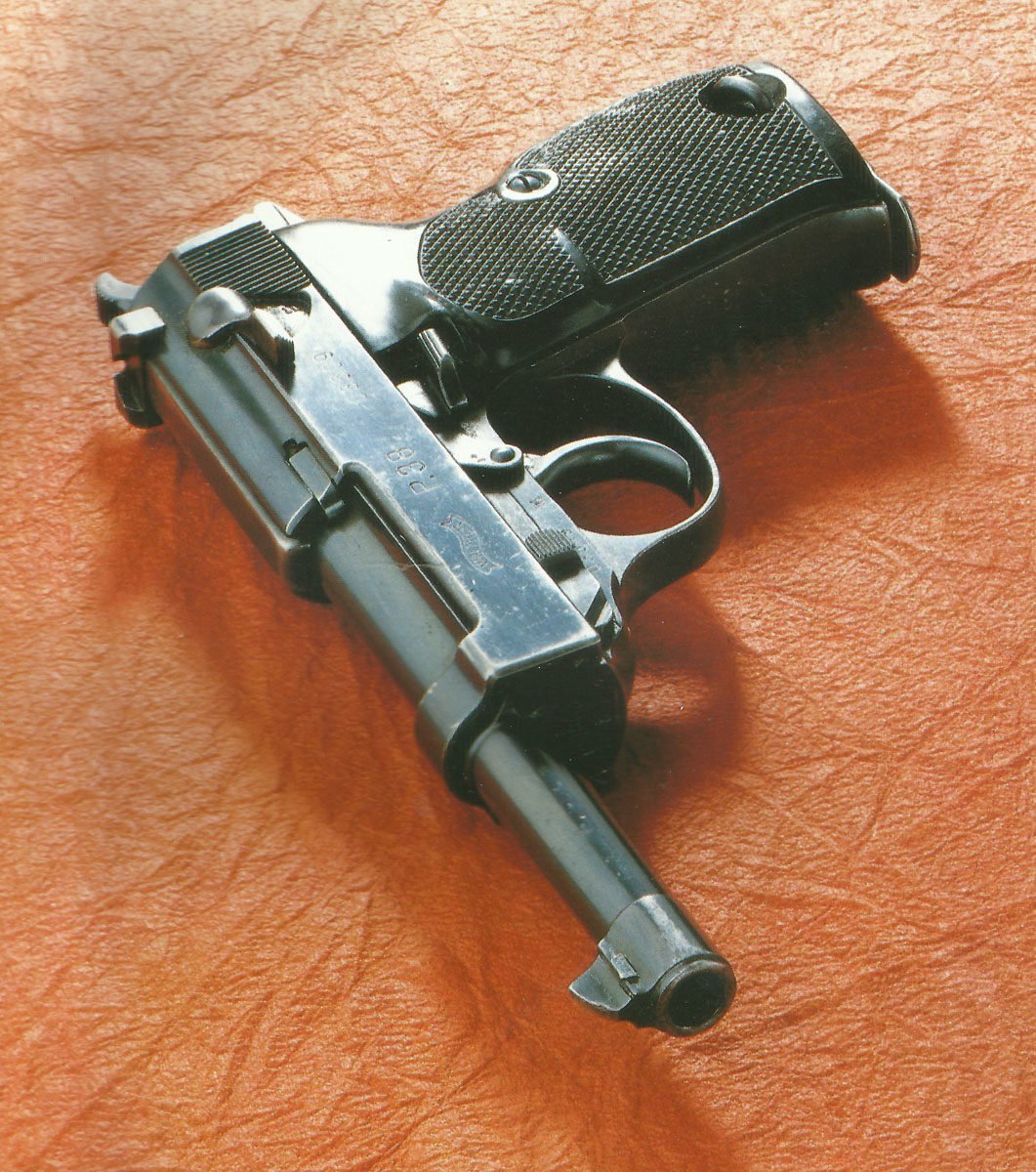
All built weapons were well-made, with shiny, black plastic handles and matte black plated coated. The gun could be easily disassembled and was very well-equipped with safety devices, including the fuse for the hammer, which was taken from the police pistol PP with its settings ‘Chamber’ and ‘Loaded’.
In combat, it also proved to be more reliable than the 08 pistol due to its combination of fuse and trigger. The gun could be carried cocked with a cartridge in the chamber and when the trigger was pushed through, the release was simultaneous and the shot could be fired.
Like the Luger P-08, the Walther P-38 was also widely used within the German army during the Second World War. Although there was American criticism, like ‘Wonders of Sheet Metal and Springs’, it was a remarkable rugged weapon. This was particularly evident on the Eastern front, where the freezing conditions had already taken many other proven weapons out of action.
It was also accurate and easy to use, features which were reflected in its popularity with the troops in the field and in its effectiveness. Therefore, the Walther P-38 was also a sought-after trophy with the allied troops.
With the end of the war the production of the weapon stopped of course, but it was resumed in 1957 by the new company Carl Walther in Ulm and was taken over by the German Bundeswehr as Pistole 1. The Walther pistol was still so modern that it was used by the German army as P-1 until 1998.
The weapon continues to be built and was introduced to numerous armed forces.
3D model pistol Walther P-38
Specifications Walther P-38
Specifications:
Walther P-38 | specification |
|---|---|
Type | automatic self-loading pistol |
Caliber | 9 mm Parabellum |
Length | 8.38in (21.50cm) |
Weight | 2.12lb (0.96 kg) |
Barrel | 4.88in (12.40 cm); 6 grooves, right hand twist |
Feed system | 8-round detachable box magazine |
System of operation | Recoil; wedge lock; double action firing lock |
Muzzle velocity | 1,150 ft per second (350 m/sec) |
Service statistics:
Walther P-38 | Figures |
|---|---|
Manufactures | Carl Walther Waffenfabrik (Zella-Mehlis), Spreewerke GmbH (Berlin), Mauserwerke AG (Oberndorf) |
Production delivery | 1938 |
Service delivery | August 1939 (100 pieces) |
Final delivery | 1945 |
Production figure | over 1 million (580,000 by Walther; 360,000 by Mauser), of which 1,470 by the end of 1939 |
Price per unit | unknown (less than 32 Reichsmark of Pistol 08) |
Walther PP and PPK Pistols
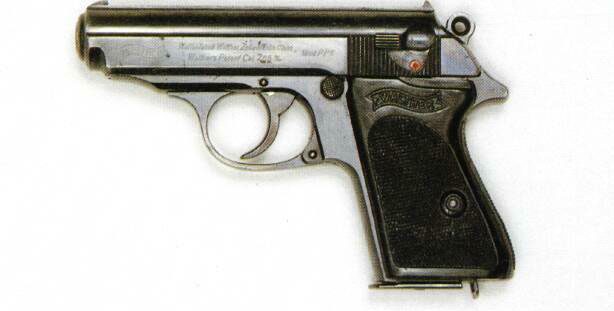
Overview
The Walther PP (Polizeipistole or “police pistol”) and the smaller PPK (Polizeipistole Kriminal or “detective police pistol”) are blowback-operated semi-automatic pistols developed by German arms manufacturer Carl Walther GmbH in the 1920s and 1930s.
Historical Significance
– The PP was introduced in 1929, followed by the more compact PPK in 1931
– Among the first successful double-action/single-action trigger semi-automatic pistols
– Widely adopted by European police forces and military personnel
– The PPK gained worldwide recognition as the signature firearm of fictional character James Bond
– Used as a military sidearm during World War II by the German military and police
Technical Specifications
* Walther PP
– Caliber: Typically .32 ACP (7.65mm Browning) or .380 ACP (9mm Kurz)
– Overall length: 170 mm (6.7 in)
– Barrel length: 98 mm (3.9 in)
– Weight: 665 g (23.5 oz)
– Magazine capacity: 7-8 rounds (depending on caliber)
* Walther PPK
– Caliber: Typically .32 ACP (7.65mm Browning) or .380 ACP (9mm Kurz)
– Overall length: 155 mm (6.1 in)
– Barrel length: 83 mm (3.3 in)
– Weight: 590 g (21 oz)
– Magazine capacity: 6-7 rounds (depending on caliber)
Design Features
– Blowback operation
– Double-action/single-action trigger mechanism
– Decocking safety lever
– Fixed barrel for improved accuracy
– Exposed hammer
– All-steel construction (later variants included aluminum frames)
Legacy
The PP series remains in production today in various forms and has influenced numerous other pistol designs. Its combination of reliability, quality construction, and compact size has made it a popular choice for both law enforcement and personal defense for over 90 years.
References and literature
The Encyclopedia of Infantry Weapons of World War II (Ian V.Hogg)
Infanterie im 2. Weltkrieg (J.B.King, John Batchelor)
Illustriertes Lexikon der Waffen im 1. und 2. Weltkrieg (V. Dolinek, V. Francev, J. Sach)
The Encyclopedia of Weapons of World War II (Chris Bishop)




